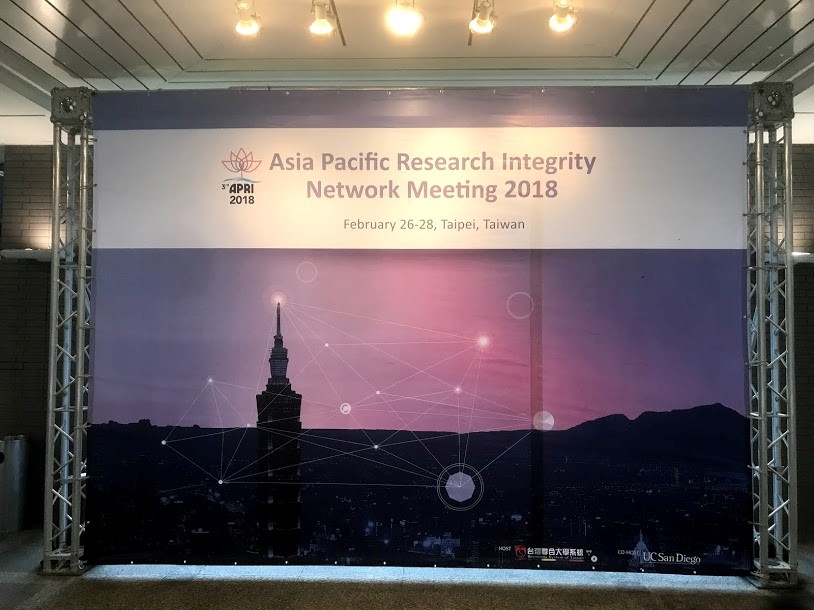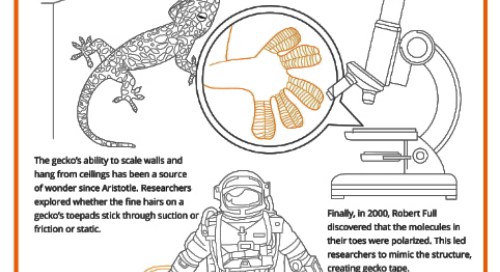can-societies-help-researchers-collaborate-across-borders
January 23, 2019
Research is always becoming more collaborative but working with new people means learning how to listen and communicate effectively. We chatted with Adrienne Sponberg, Director of Communications at the Association for the Study of Limnology and Oceanography (ASLO), about a new program they’re launching to send graduate students around the world to conduct research: LOREX (Limnology and Oceanography Research Exchange).
Q. The Limnology and Oceanography Research Exchange enables researcher collaboration around the world. Why is this important to ASLO?
A. We live on a blue planet – water covers more than 70% of the Earth’s surface and does not respect political boundaries! As a result, our membership is very international (4,300 members in over 80 countries) and frequently collaborates across borders. The problems facing the world’s waters are global in scope and will require the cooperation of researchers across the globe to understand them. As a professional association dedicated to advancing aquatic science, providing training and international research opportunities is a logical, and necessary, step forward. Associations are in a unique space to connect researchers from around the globe at different institutions, and with the funding through NSF’s IRES program, we’ll be able to do that in a meaningful way. Our President wrote an article about our steps towards internationalization that outlines our path towards becoming more international.
Q. You mention how important communication and cultural sensitivity is to collaboration. Can you go into a little more detail about how this program builds skills in these areas?
A. It’s funny because when you use the term “science communication”, most people will automatically associate that with some form of outreach – communicating science to the public or policymakers. But, communication is the bedrock of research collaboration – you can get all of the best minds together on a team, but if they can’t figure out how to communicate with each other, the project will go nowhere. Likewise, if a researcher can’t explain to reviewers why their idea is important, they won’t get funded!
Back in 2013, we started trying to bust this myth that communications training is just for outreach by offering a workshop at our conferences demonstrating how communication tips from Hollywood can improve scientific presentations. We focused on how things like creating narrative structure, connecting emotionally with the audience, and other easy changes can make a big difference in keeping an audience’s attention. With the LOREX program, we’ll be able to expand this training to include other aspects of conducting international research such as how to initiate contact with a potential collaborator.
A second myth about science communication is that it’s all about figuring out what to say to different audiences. That’s only half of it, though. The other half – the much harder half! – is listening. For the past five years, we’ve offered Improv training to scientists at our conferences to help members achieve real two-way communication. Participants in these workshops consistently tell us afterwards what a game-changer the Improv exercises were for them – if for no other reason it raised their own awareness of how critical listening is to the communications process.
Perhaps the biggest advantage of using Improv training for scientists is it helps people get past their scientist-training in order to build a partnership. As scientists we are taught to always be critical of what we are reading and hearing - we are trained to negate! While this is excellent for reviewing papers, it can create serious barriers to building partnerships or working on a collaborative project. What better way to train scientists to be better collaborators than through Improv’s core principal of “Yes, and”? The Improv exercises that our Improv instructor Brian Palermo uses also help participants look for non-verbal communication cues. In an international research environment, those will be key to overcoming language and cultural barriers.
Beyond that, we have a faculty coordinator at each host institution who will help orient the LOREX students both prior to and during their research exchange. The LOREX students will travel to the host institution as a group and will participate in cultural activities organized by the host institution. In future years, there will be a peer-to-peer mentoring aspect as well, with prior participants serving as mentors.
Q. How long have you been developing the program? What was the process like?
A. The LOREX program was conceived as a direct response to a new track specifically for professional societies in NSF’s long-standing International Research Experiences for Students (IRES) program. One of our members, Adina Paytan at the University of California at Santa Cruz, led a successful IRES program before and approached us about putting in a proposal for the new track with ASLO as the society partner. The proposal built upon Adina’s experience with running an IRES program and ASLO’s experience providing training in science communication to our members to create LOREX. As I mentioned earlier, ASLO really strives to be an international association. The opportunity to provide training and research experiences to foster international collaboration was really a golden one, so we jumped at the chance to submit a proposal.
Q. You’ve recently announced the first cohort of LOREX students. What are you most excited about for this new group?
A. The number of new connections between labs in different countries that are being forged through LOREX is really exciting. Our first cohort will connect students from 24 U.S. institutions with 25 different labs in Canada, Israel, Australia and Sweden. We’re thrilled to be able to give students a multi-week international research experience. While our conferences help connect our members, students in particular can get overwhelmed in the whirlwind of a weeklong science conference. ASLO’s involvement helps students take this difficult step into international research collaboration by identifying host institutions, providing travel funding, and conducting a multi-day orientation program at the ASLO conference. We had an introductory webinar in December and we’re really eager to see how their research projects progress!
Thanks so much for sharing details about this exciting program! I’m looking forward to seeing what comes out of these cohorts.






